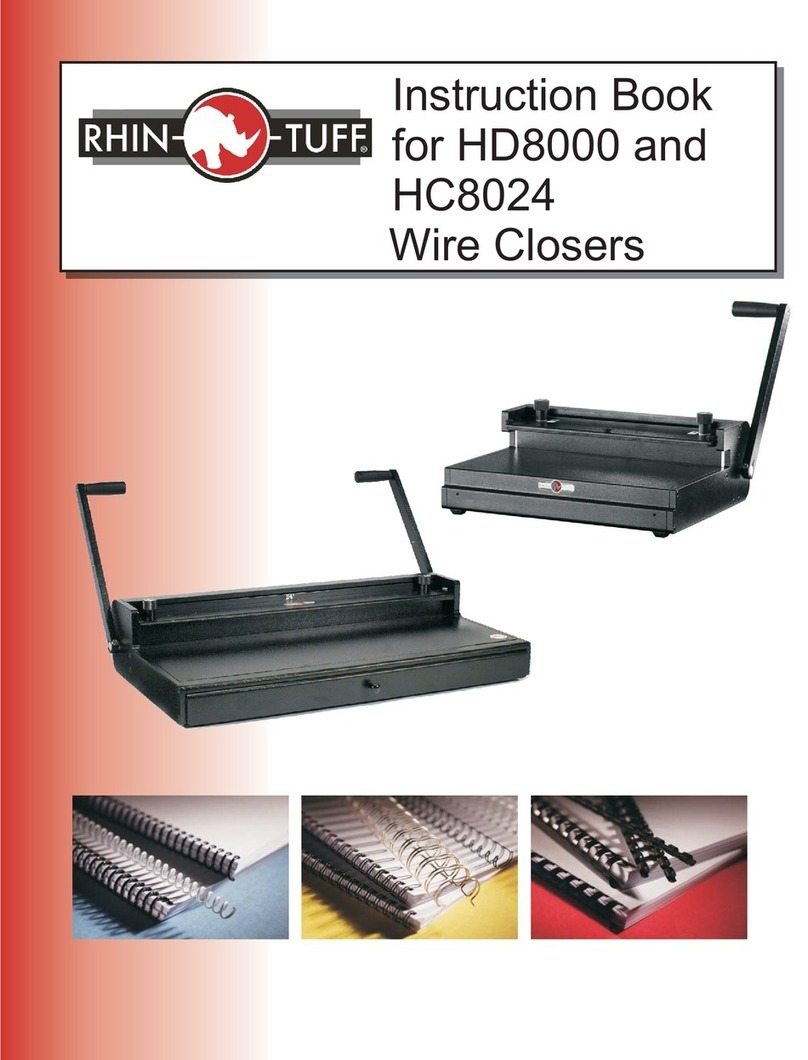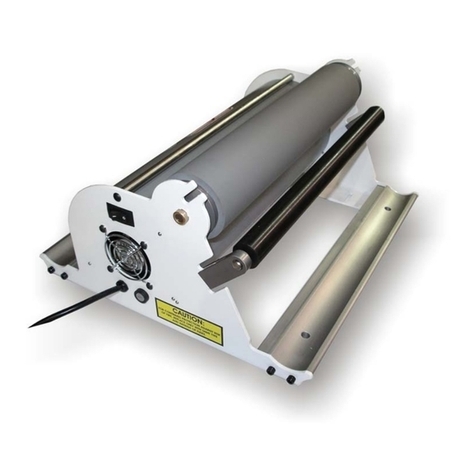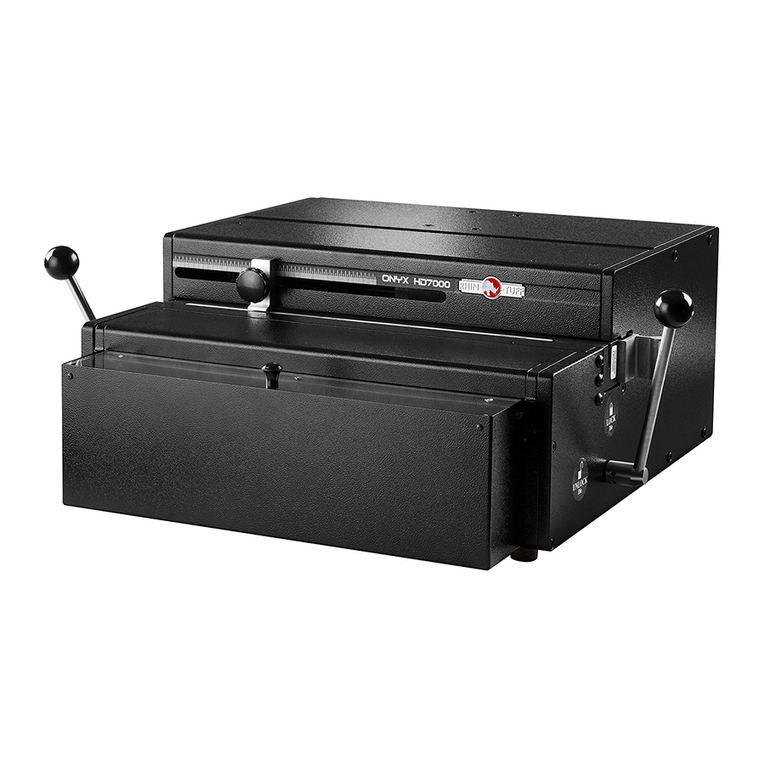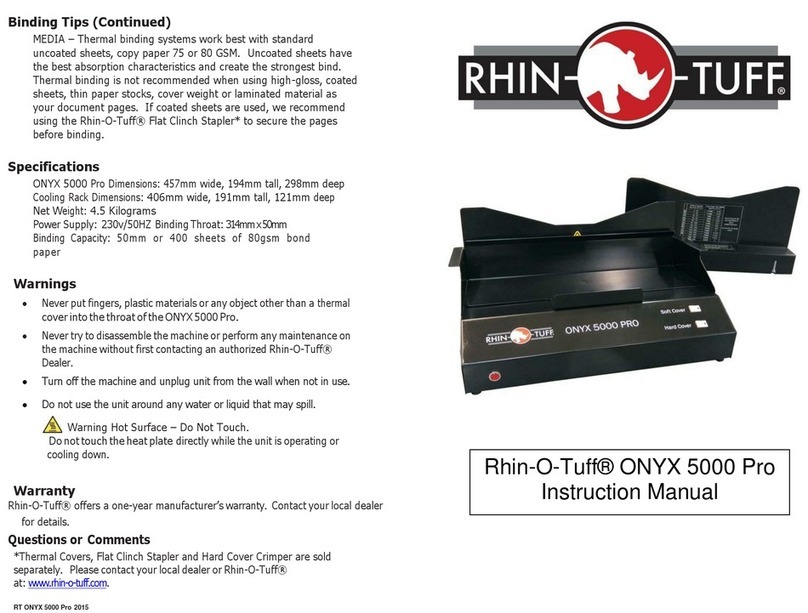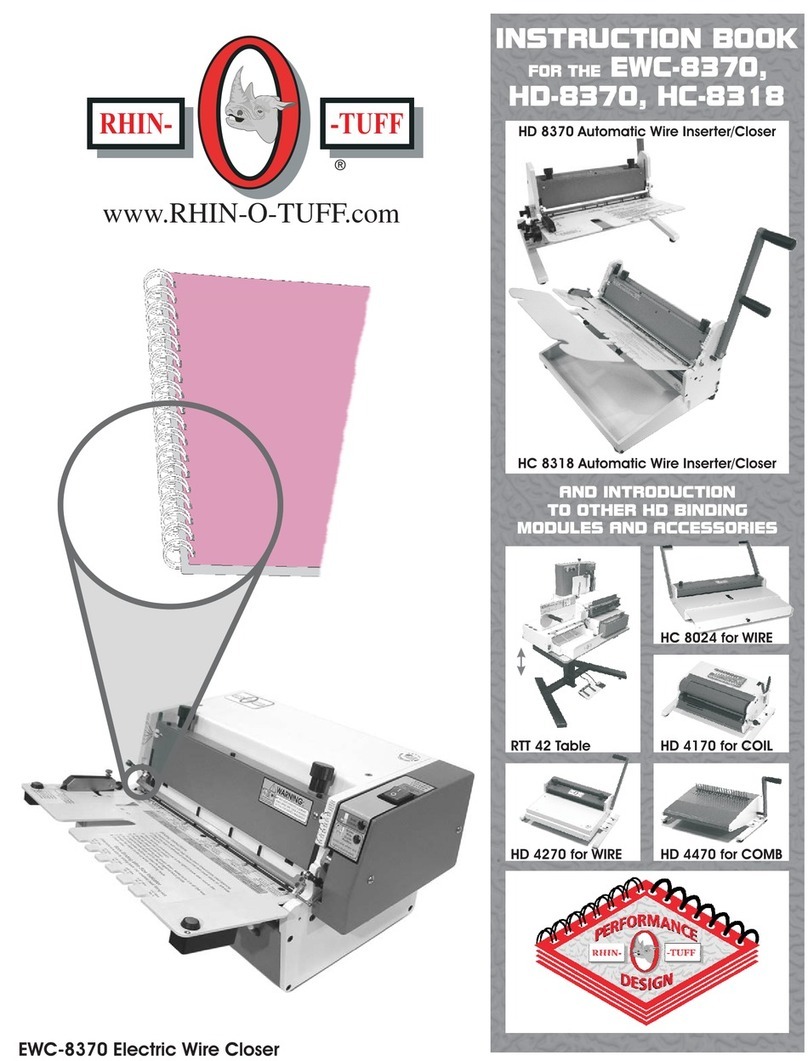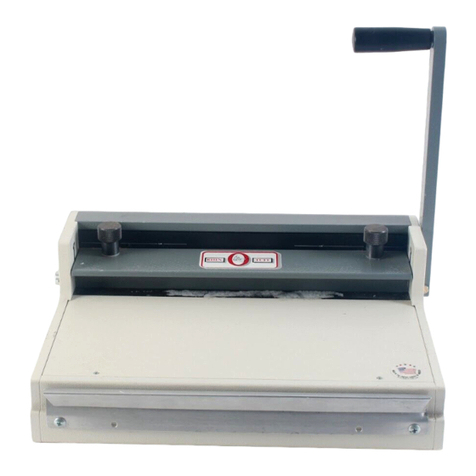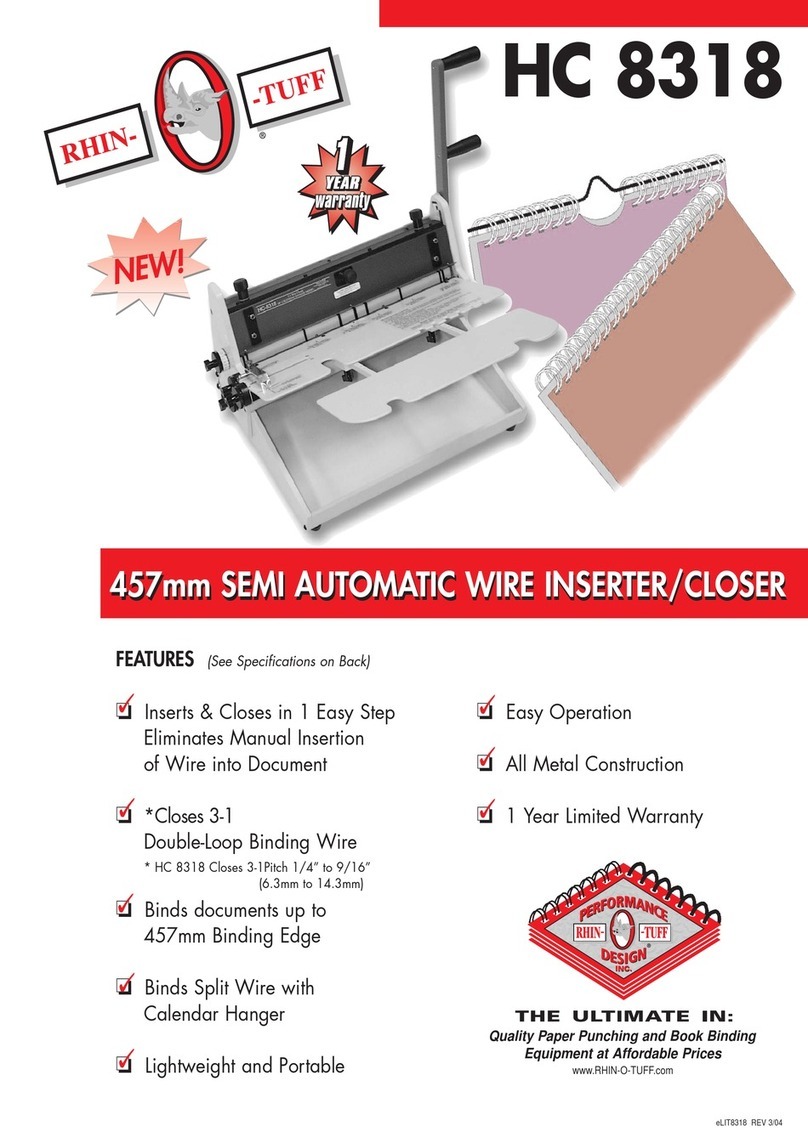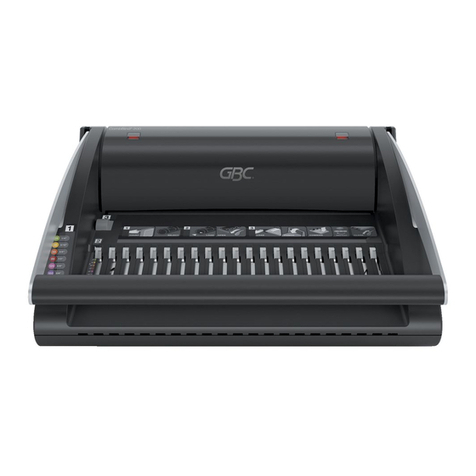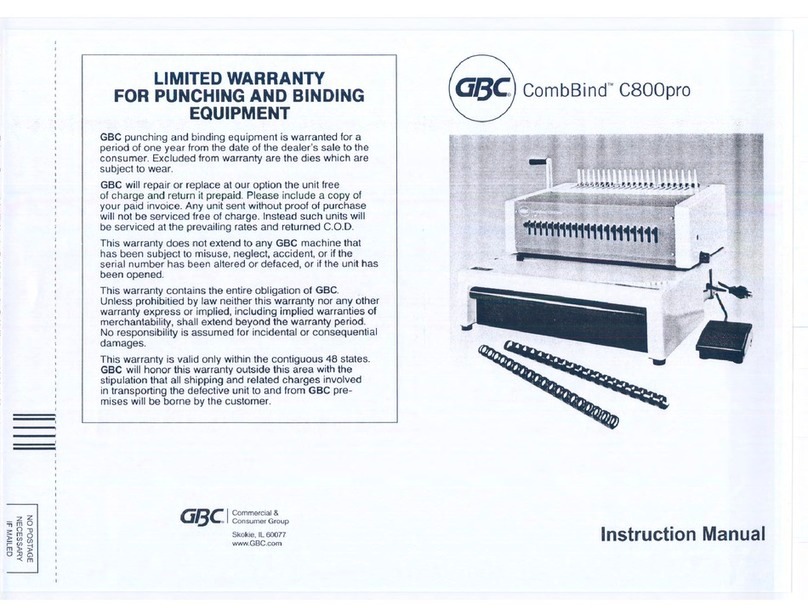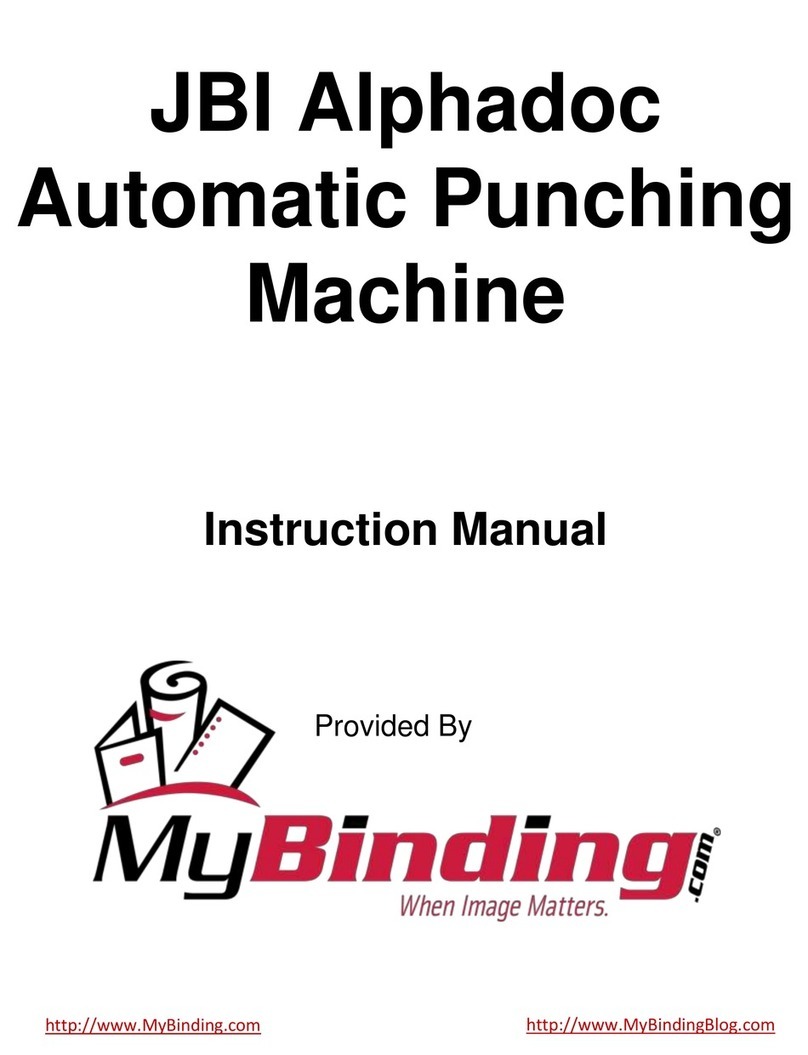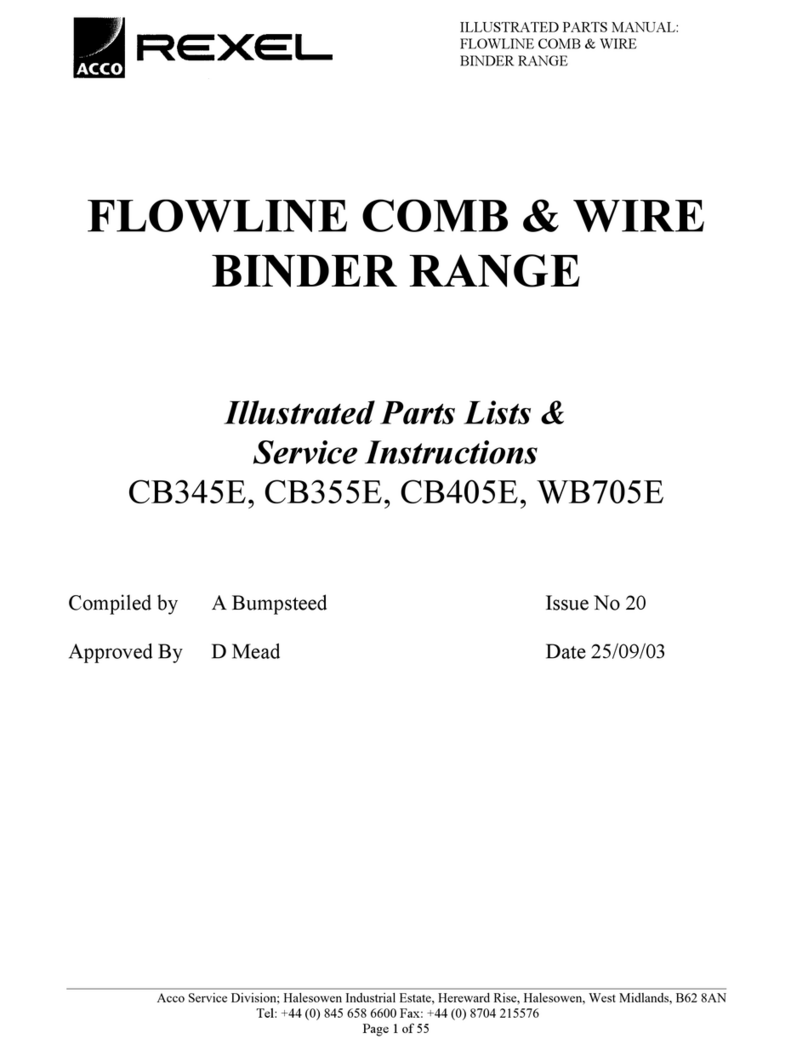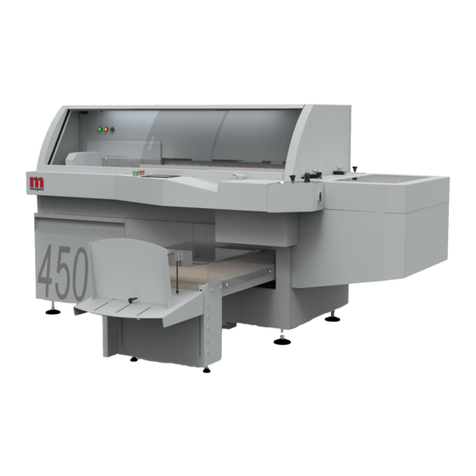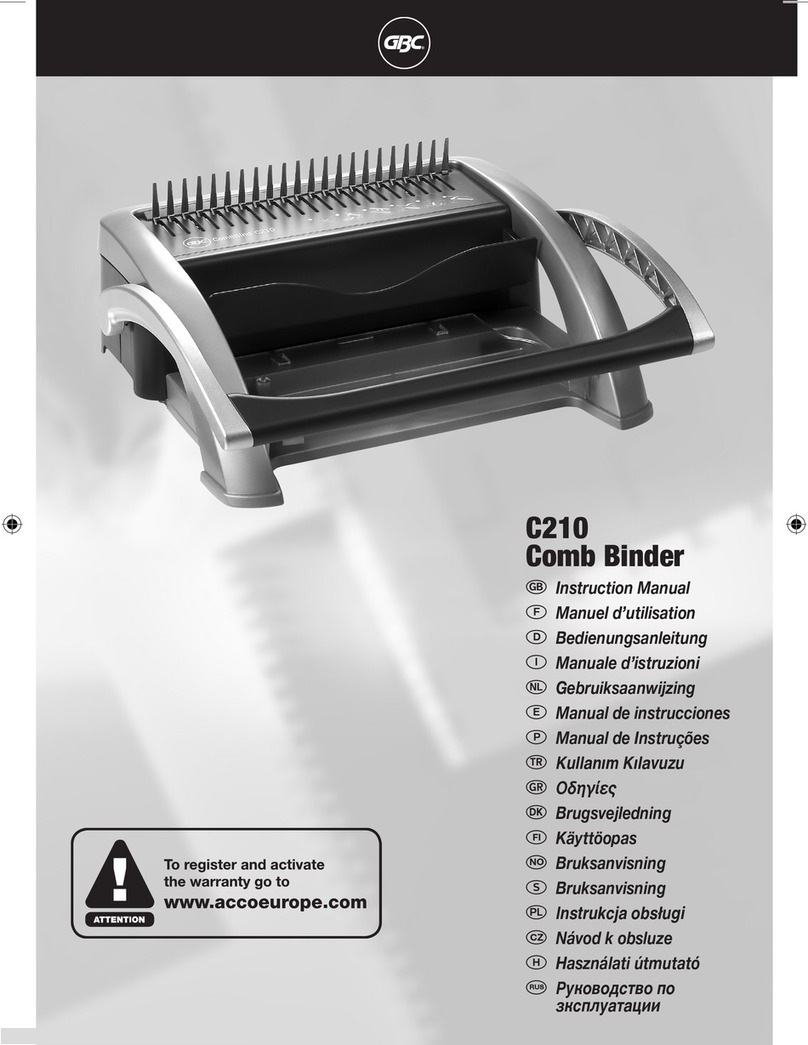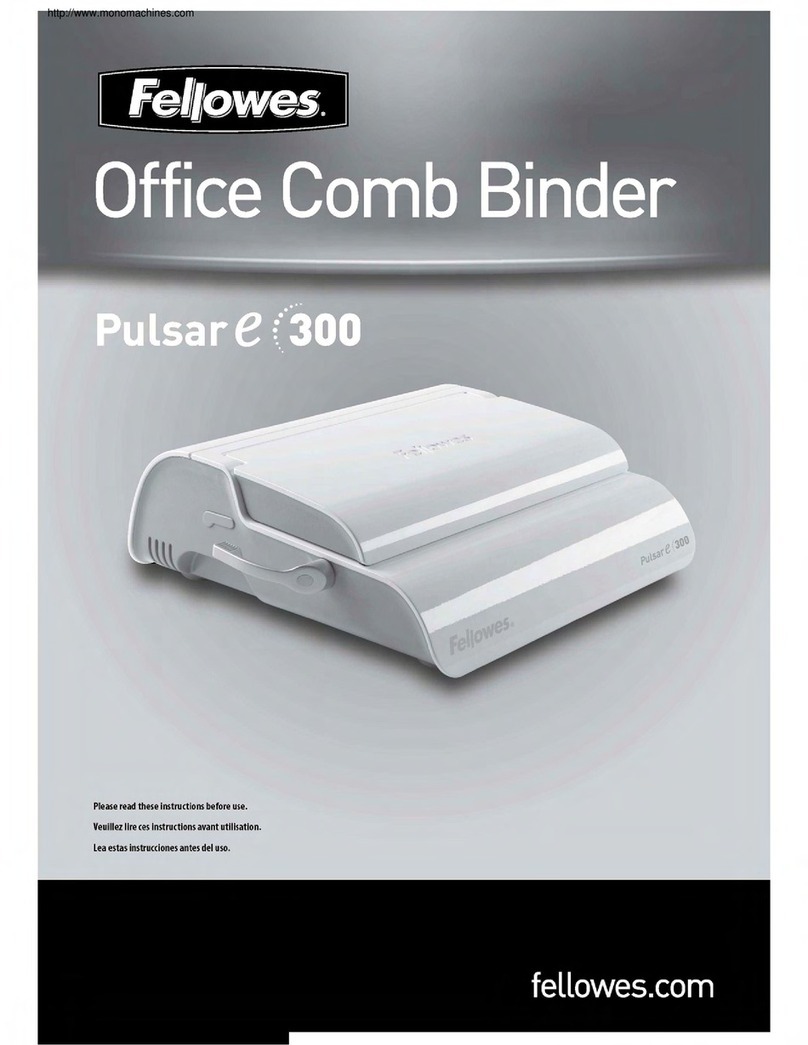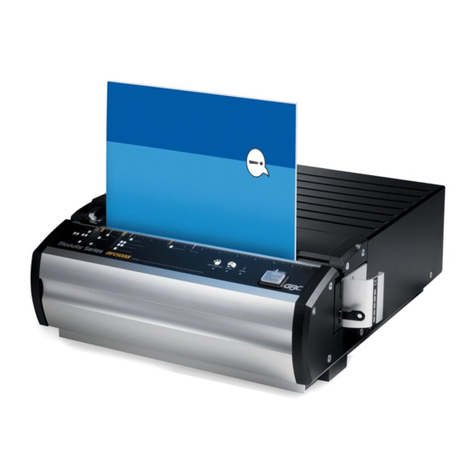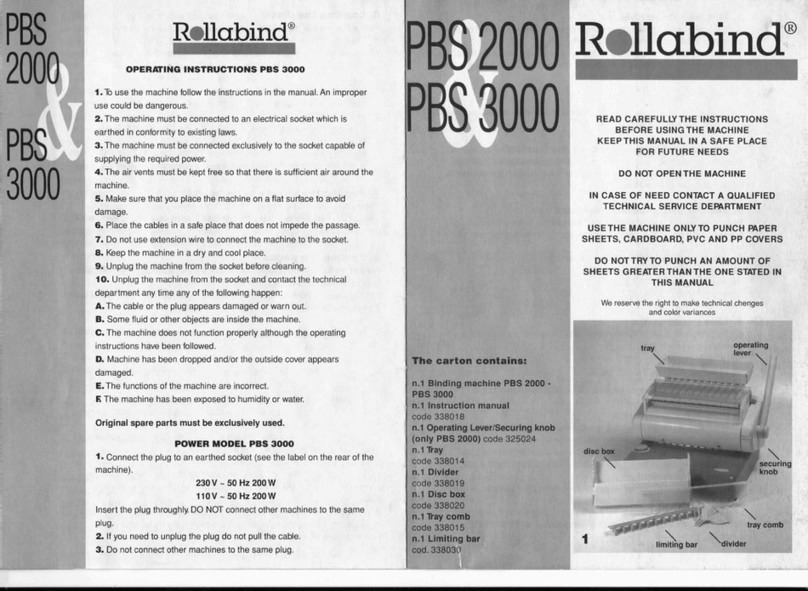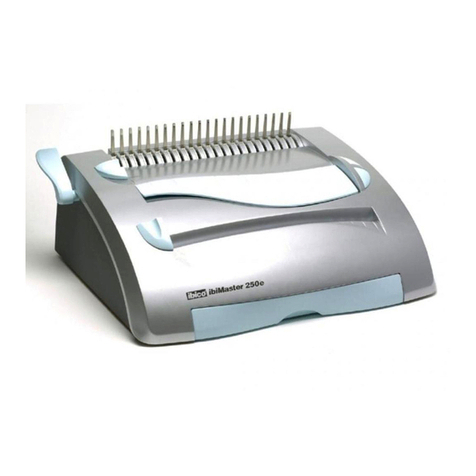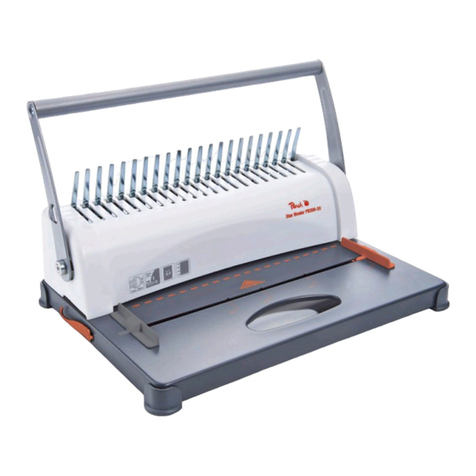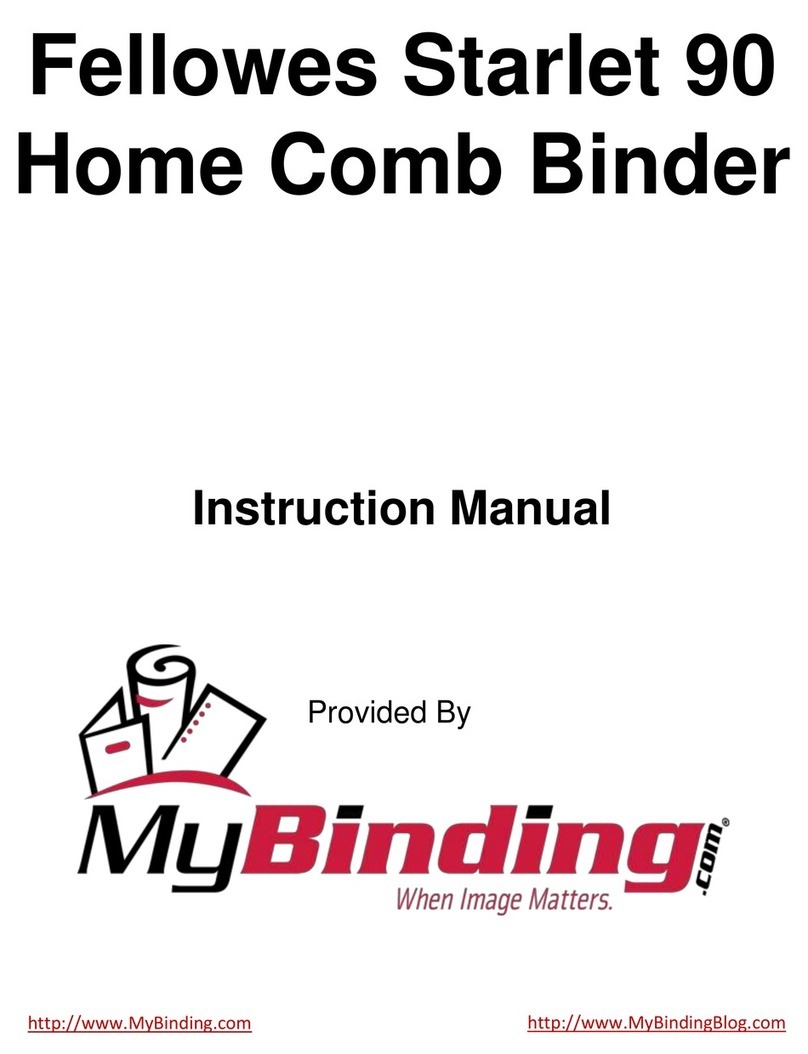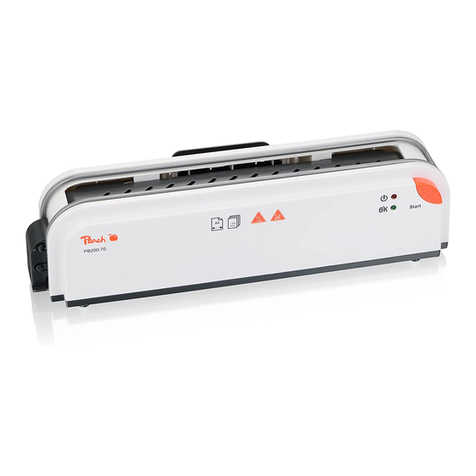
Safety Alert Symbols
uThe OD4012 and OD4000 need to be plugged into a wall outlet that
provides a 15-amp, 120 volt service (16-amp, 220 volt for European
installations) and is protected by a fuse or circuit breaker at the main
electrical panel.
uIf machine cycles on its own, turn off power switch, unplug machine
from the wall outlet and call your dealer immediately for service.
uMake sure you read this section very carefully! Learn to recognize
these The OD4012, OD4000 and OD4800
have been designed to provide a high level of protection to an
operator. Follow the guidelines below while installing, operating and
maintaining your machine.
Safety Alert Symbols.
4
!DANGER
!WARNING
Safe Operating Guidelines
!CAUTION CAUTION: Indicates a hazardous situation which, if not avoided, could result in
minor or moderate injury. It may also be used without the safety alert symbol as
an alternative to "Notice".
WARNING: Indicates a hazardous situation which, if not avoided, could result in
death or serious injury.
DANGER: Indicates a hazardous situation which, if not avoided, will result in
death or serious injury. This signal word is to be limited to the most extreme
situations.
Trip Hazard
Two Person LIft
Electric Shock
Crushing Hazard
uAlways replace any fuse with the same type and
amperage fuse as indicated on the machine.
Hazardous voltage
inside.
Disconnect power
before servicing.
!WARNING
Cutting Hazard
Hint or Suggestion
uAlways keep this instruction manual with the machine for reference to
safe operating guidelines and correct operation of the machine.

